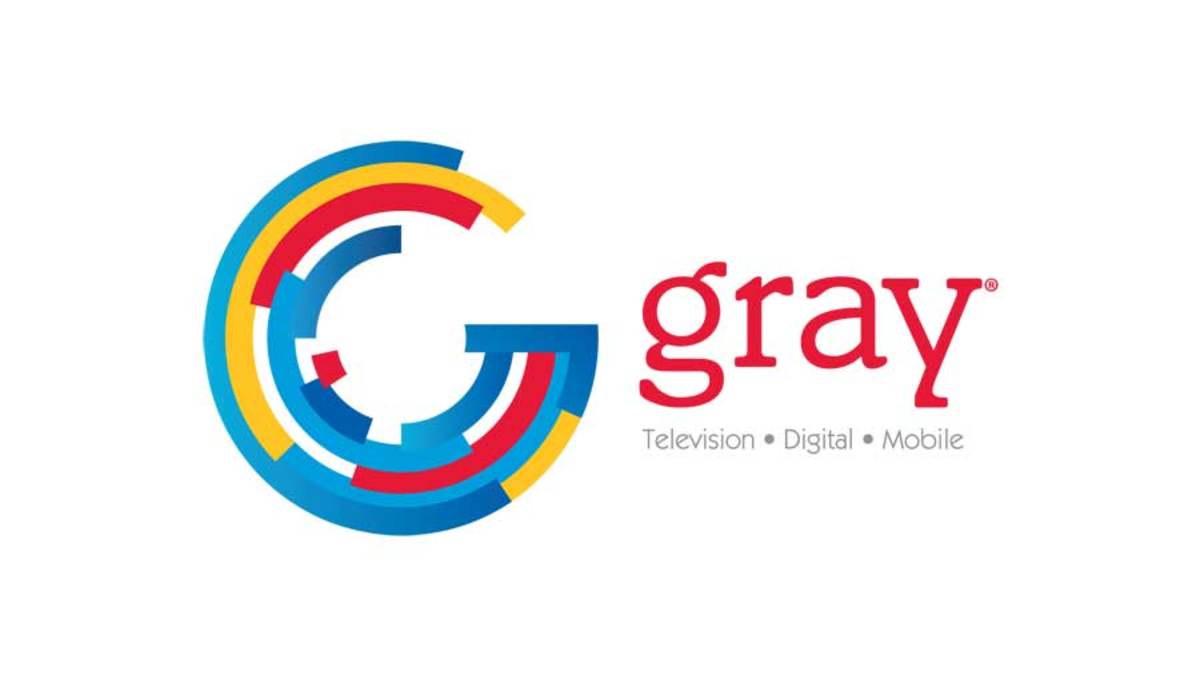FCC Upholds $518,283 Fine Against Gray Television
In response to the FCC Forfeiture Order, Gray said it plans to contest the fine in federal court

WASHINGTON, D.C.—The FCC has issued a Forfeiture Order upholding a $518,283 fine against Gray Television first proposed in July of 2021.
In response, Gray Television has issued a statement saying it plans to take the issue to Federal Court.
The fine is for violating FCC rules against owning two full power stations in the same DMA that are among the top four rated stations in the market. FCC concluded that the ownership and operation of the KTUU-TV NBC-affiliated station and the KYES-TV CBS-affiliated station by Gray from July 31, 2020 until March 3, 2021 violated its rules.
The action stems from a deal between Gray and Denali Media, when Gray acquired most of the non-license assets of KTVA on July 31, 2020, the FCC reported.
In affirming the fine, the FCC noted that “After considering Gray’s response to the NAL [Notice of Apparent Liability for Forfeiture], we find no reason to cancel, withdraw, or reduce the penalty proposed, and we hereby affirm the NAL and its proposed forfeiture.”
Commissioner Nathan Simington, however, issued a dissenting opinion, arguing “that a good faith reading of our rules and prior actions could lead a reasonable person to believe that the action punished today was permissible.”
In a lengthy statement contesting the fine, Gray said that “Gray intends to challenge the FCC’s decision and expects a complete reversal by an impartial federal court.”
The professional video industry's #1 source for news, trends and product and tech information. Sign up below.
“The FCC’s Forfeiture Order erroneously concludes that Gray violated an FCC rule adopted in 2016 that prohibits the `swap’ of television station assets that `result in’ one licensee owning two of the top-ranked television stations in the same market,” the statement continued. “In the transaction at issue, Gray acquired non- licensed programming and local news assets from another broadcaster in the Anchorage market who was unable to find a buyer for its station and consequently intended to shut it down, including its local news operation. Gray invested in these acquired assets to place new programming on KYES- TV, Gray’s second full-power television station in the Anchorage market, which Gray had previously acquired with the Commission’s consent.
"At the time of Gray’s acquisition of the additional programming assets, both KYES-TV and Gray’s KTUU-TV in Anchorage were ranked among the top four local stations in ratings. Consequently, contrary to the FCC’s finding, the disputed acquisition did not involve a `swap’ and did not `result in’ Gray suddenly owning two top-four ranked stations. Moreover, this transaction adhered precisely to the structure of other non-licensed programming acquisitions approved, authorized, and (in some cases) required by the FCC itself in other markets. Following Gray’s development of the local news channel on KYES-TV, Gray invested in the first-ever permanent local television news bureau in the Juneau television market (located hundreds of miles from Anchorage) and expanded local news programming in the Anchorage market to time periods where local news was not previously available.”
“Gray appreciates Commissioner Simington’s strong and cogent dissent, which points out some of the many flaws in the FCC’s order. As Commissioner Simington observed, the FCC’s decision `goes beyond precedent and the text of [its] rules.’ Because Gray already owned two top-4 rated stations in the market, `its behavior was not prohibited under a plain reading of the Rule.’
“As Gray explained last year in its response to the FCC’s proposed finding on Gray’s Anchorage transaction (available here), federal law, including U.S. Supreme Court precedent, simply does not allow the FCC to rewrite its rules to prohibit a transaction structure that it previously approved. Nor does federal law permit the FCC to impose penalties on those who followed the rules as they were written at the time,” the statement said.
“Gray’s upcoming challenge of today’s Forfeiture Order will be the first opportunity in two decades where an FCC broadcast ownership rule will be considered in a federal court other than the U.S. Court of Appeals for the Third Circuit. In 2021, the Supreme Court finally ended the Third Circuit’s unprecedented action seizing for itself exclusive jurisdiction over the FCC’s rules, a power that the Third Circuit used repeatedly over 17 years to block the agency’s efforts to modernize its outdated broadcast ownership rules, some of which date to the 1940s. Gray Television actively participated in that Supreme Court proceeding at both the petition and merits stages, an effort that was vindicated by a unanimous Court decision.
“Gray anticipates that its challenge of today’s Forfeiture Order will likewise end in another strong judicial vindication of its position and another strong judicial repudiation of a federal agency overstepping its authority and failing to adhere to the rule of law and protect the public interest,” the statement concluded.
George Winslow is the senior content producer for TV Tech. He has written about the television, media and technology industries for nearly 30 years for such publications as Broadcasting & Cable, Multichannel News and TV Tech. Over the years, he has edited a number of magazines, including Multichannel News International and World Screen, and moderated panels at such major industry events as NAB and MIP TV. He has published two books and dozens of encyclopedia articles on such subjects as the media, New York City history and economics.

